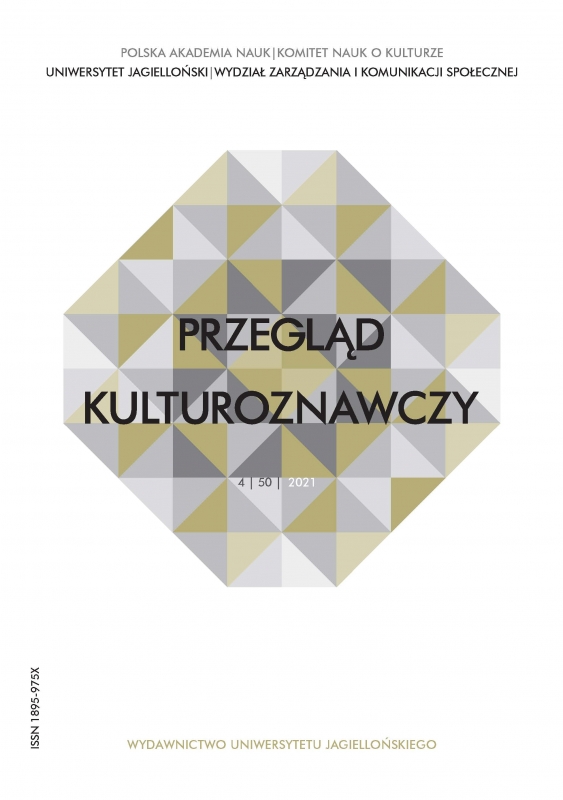Wiatr z Północy. Dyskursywne konstruowanie Heimat na przykładzie gmachu dawnej Królewskiej Szkoły Rzemiosł Budowlanych w Katowicach i jego wystroju
Wind from the North: The Discursive Construction of Heimat Exemplified by the Edifice of the Former Royal School of Building Crafts (Königliche Baugerwerkschule) in Katowice and its Decoration
Author(s): Jerzy GorzelikSubject(s): Fine Arts / Performing Arts, Architecture
Published by: Wydawnictwo Uniwersytetu Jagiellońskiego
Keywords: imagined communities; Silesia; neo-gothic architecture; Heimat; cultural nationalism; Scandinavia; Germanic North
Summary/Abstract: The paper examines the edifice of the former school of building crafts (Baugewerkschule) in Katowice, Upper Silesia, which opened in 1901, and its decoration. The works of architecture, painting and sculpture were interpreted as carriers of a discourse calculated to construct Heimat, located within the borders of the Prussian Silesian Province. The building’s forms, reminiscent of the brick Gothic of northern Germany, were characteristic of the milieu of the Technische Hochschule in Hannover, where the designers of the edifice were educated. The city’s coat of arms was depicted on the facade, the vaulted ceiling of the auditorium was decorated with dragon and gryphon motifs of Scandinavian origin, and its walls painted with images of St. Hedwig ‒ the patron saint of Silesia, viewed here as a deconfessionalized personification of the land ‒ the Prussian eagle, and four iconic monuments of historic Silesian architecture. Thus, references were made to various levels of identity ‒ local, regional, national, and the mythologised Germanic North. The narrative constructed in this way fits into the cultural nationalism of the educated German bourgeoisie (Bildungsbürgertum), which grows out of the Romantic tradition. At the same time, the emphasis on the opposition of the North and South can be seen as a strategy for overcoming the peripheral status of Silesia in a world organised by the West-East axis. The school’s building in Katowice exemplifies how the elites of the German Empire used visual means to construct modern imagined communities.
Journal: Przegląd Kulturoznawczy
- Issue Year: 50/2021
- Issue No: 4
- Page Range: 745-761
- Page Count: 17
- Language: Polish

